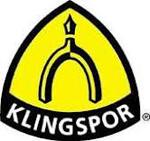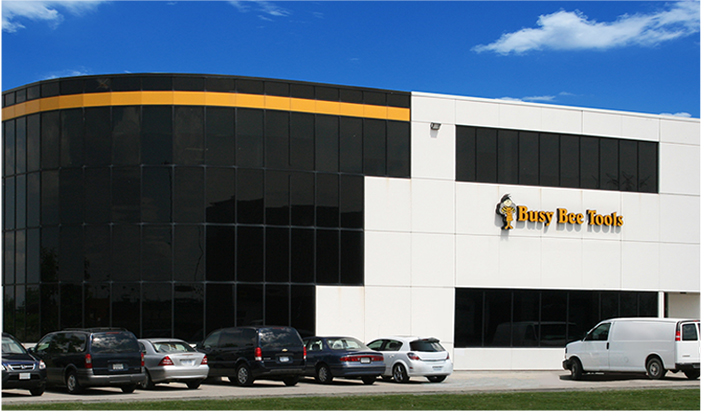Using the Metal Cutting Band Saw
By: Gord Thorogood
Selecting the proper blade to cut the type of material you are sawing is the first consideration when setting up your machine. Aluminium is quite different from mild steel and mild steel is different from tool steel etc. For most applications carbon steel blades are adequate but for the specialty steels you may have to go to a more sophisticated blade such as high speed steel for example.
The recommended cutting speed also varies greatly for the materials that may be cut with this type of machine. For example some die steels may require a speed of 50-60 feet per min, while aluminium can be cut at 10 times that speed. If you select the proper speed the result will be better cuts and longer blade life.
The configuration of the material and the size of the cross-section determine the pitch of the blade. If the material is thin then a finer pitch is required. If the pitch is too coarse then the material can enter the gullet of the blade tooth and break the tooth. If the pitch is too fine the gullet will fill up with cuttings before it goes all through the material and will stop the blade from feeding.
Remember to have at least three teeth in contact with the work at all times. The rate of feed is determined by the amount of material carried by the gullets of the saw blade.
For maximum blade life avoid excessive feeds and always enter work slowly at the start of each cut. Keep the saw clean and adjust the guides whenever necessary and you should get good life from your blades and your saw will perform as it should.
There is far more to take into account when cutting metals than just turning on the machine, but once you make the adjustments the results are more than worth it.
©Copyright 2010 by Busy Bee Machine Tools® Ltd. All rights reserved.





























